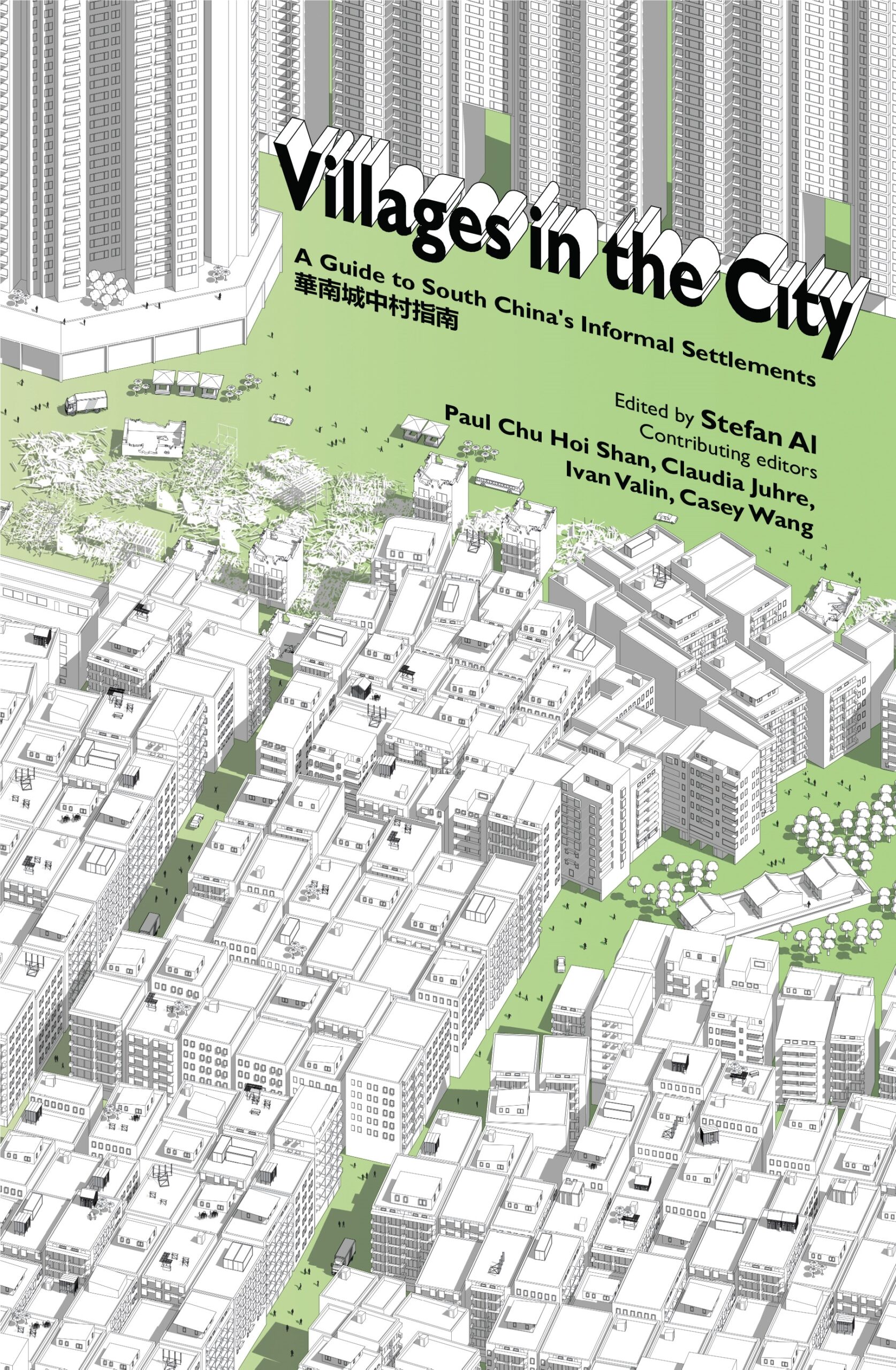Villages in the City: A Guide to South China’s Informal Settlements
- About the Book
-
Countless Chinese villages have been engulfed by modern cities. They no longer consist of picturesque farms and feng shui groves, but of high-rise buildings so close to each other that they create dark claustrophobic alleys—jammed with dripping air-conditioners, hanging clothes, caged balconies and bundles of buzzing electric wires, and crowned with a small strip of daylight, known as “thin line sky.” At times, buildings stand so close to another they are dubbed “kissing buildings” or “handshake houses”—you can literally reach out from one building and shake hands with your neighbor.
Although it is easy to see these villages as slums, a closer look reveals that they provide an important, affordable, and well-located entry point for migrants into the city. They also offer a vital mixed-use, spatially diverse and pedestrian alternative to the prevailing car-oriented modernist-planning paradigm in China. Yet, most of these villages are on the brink of destruction, affecting the homes of millions of people and threatening the eradication of a unique urban fabric.
Villages in the City argues for the value of urban villages as places. To reveal their qualities, a series of drawings and photographs uncover the immense concentration of social life in their dense structures, and provide a peek into residents’ homes and daily lives. Essays by a number of experts give a deeper understanding on the topic, and help imagine how reinstating the focus on the village could lead to a richer, more variegated pathway of urbanization.
- About the Author(s)
-
Stefan Al, Editor
Stefan Al is a Dutch architect and associate professor of Urban Design at the University of Pennsylvania. Al has worked as a practicing architect on renowned projects such as the 600-meter-high Canton Tower in Guangzhou and the preservation of world heritage in Latin America at the World Heritage Center of UNESCO. While in Hong Kong, he served as a founding member of the Hong Kong Institute of Urban Design and an advisor to the Harbourfront Commission and Environment Bureau of Hong Kong government. He is the editor of Factory Towns of South China: An Illustrated Guidebook and Villages in the City: A Guide to South China’s Informal Settlements.
- Reviews and Endorsements
-
- This book, which combines academic essays with a rich graphic exploration of selected urban themes, provides a critical reflection on the political, economic, social and physical conditions of the southern Chinese phenomenon of “villages in the city” (VIC). Aimed at a wider audience than might typically be attracted to this subject, it argues for the study and preservation of these urban environments. . . . This book provides a relevant and valuable contribution to understanding the special problems posed by urban villages in the Pearl River Delta. And by linking essays and illustrations, it takes an ambitious but comprehensive approach to the phenomenon.
—Traditional Dwellings and Settlements Review - Taking up roughly a quarter of the book, the Essays section of the book provides critical background and food-for-thought about the evolution of, and prospects for, these distinctive urban environments. Collectively, they counter popular stigmatized perceptions of these areas by putting forth a strong argument for urban villages as places of value from a variety of angles, from historical and social to economic. . . . But perhaps the most impressive, atypical and ambitious inclusion are the cross-sections of each village’s main streets. Inspired by Terasawa Hitomi’s incredible and unrivalled illustrations of Kowloon Walled City these remarkable drawings offer invaluable information on how people inhabit the urban villages. . . . Overall, the relevance and value of Villages in the City: A Guide to South China’s Informal Settlements is unquestionable, despite being published a few years ago. As a study that fills a critical void on urban space and settlement evolution in contemporary China and a feat of graphic dexterity, it continues to be a crucial addition to urban geography scholarship and city visuals.
—Spacing Vancouver - Indeed, while Villages in the City is a fabulous piece of architecture and design graphica, written contributions from Marco Cenzatti, Margaret Crawford, Jiong Wu, and others offer vital considerations of the histories and contexts of the phenomenon. The book succeeds by investigating and advocating for the informal without fetishizing it.
—Gordan Douglas, Architectural Record
- This book, which combines academic essays with a rich graphic exploration of selected urban themes, provides a critical reflection on the political, economic, social and physical conditions of the southern Chinese phenomenon of “villages in the city” (VIC). Aimed at a wider audience than might typically be attracted to this subject, it argues for the study and preservation of these urban environments. . . . This book provides a relevant and valuable contribution to understanding the special problems posed by urban villages in the Pearl River Delta. And by linking essays and illustrations, it takes an ambitious but comprehensive approach to the phenomenon.
- Supporting Resources
-





